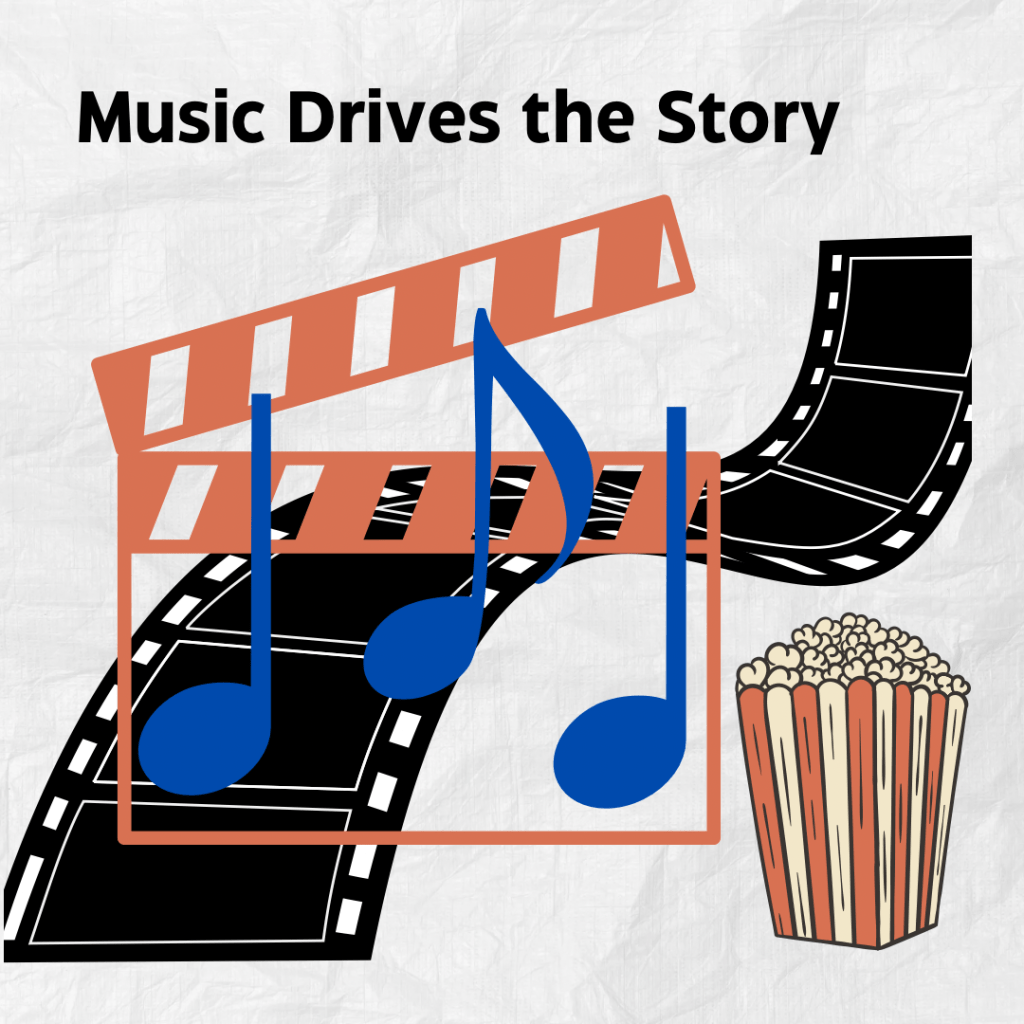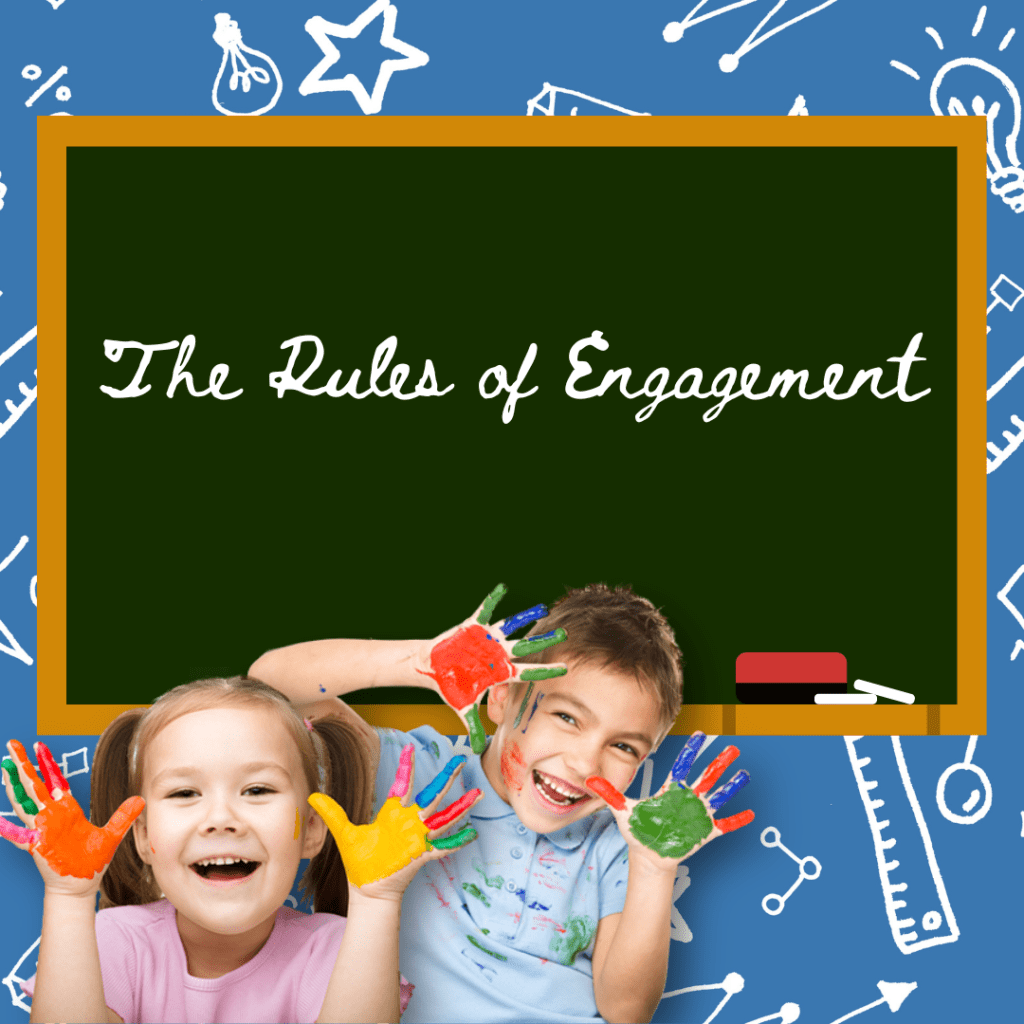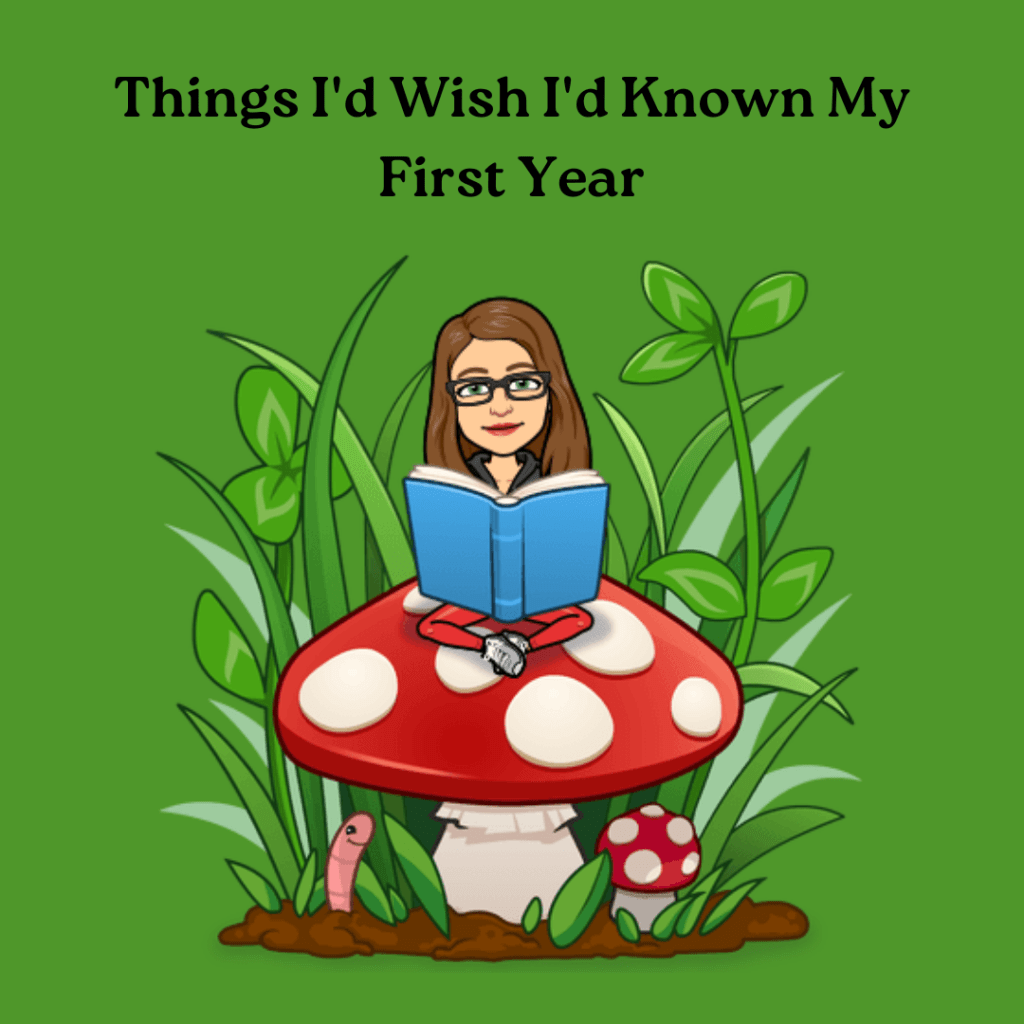Have you ever sat and listened to the music playing and became completely engaged with it, not realizing the mixture of music and words create a story that has pulled you in to far you need to hear more? I sit here listening to a new to me musician on Spotify who has done that to me all afternoon. I can’t get enough. So I started thinking, how can you encourage that musical story telling in your classroom?
Here are some ideas to get you started!
- Movie Making – You could make a whole unit out of scoring movies and foley artists with found sounds. Create a short list of movies that might be familiar to your students. Have them choose a scene that speaks to them and rewrite the music for it, they could use any music making tool. When they are done, cue up that part in the movie and mute it, have students play their music over it. Discuss how this new music changed the scene. How did the new music affect the story? To add to the experience, there are so many behind the scenes shorts about how movies are made on YouTube and streaming services like Disney plus. My two favorite right now are the Behind the Scenes of the Hobbit on YouTube and Marvel Studios’ Assembled.
- This one is a favorite for my Quaver people. Using the screen “Strings Can Do it All (Epic Soundtrack),” Have students create a pattern in that screen. Once they have created the pattern and played it. Using the resources you have available and which students are most familiar with, have them write the story that goes along with the pattern. Then have them share it with classmates. Want to go a step further with it? Using an app like Book Creator and have them turn their stories into books. They can illustrate it, and you could record their music and put it in as a QR code, or provide a link to the screen in the book and they can recreate the music at home as they read their stories to their families.
- This one would be cool to partner with your library and media teacher. Have students pick a picture book from the library. Have them take it out and read it (could be something the general classroom teacher could do with them.) When they have read it and have an understanding of the plot and characters. Ask them, if this story had a theme song, what do you think it would sound like? Have them write down words they used to describe the song. Then using a music making tool, let them create the accompaniment. After they have written the music, work on the words. Have it summarize the story and include the characters and plot. When they are done, have them put both together and share it!











